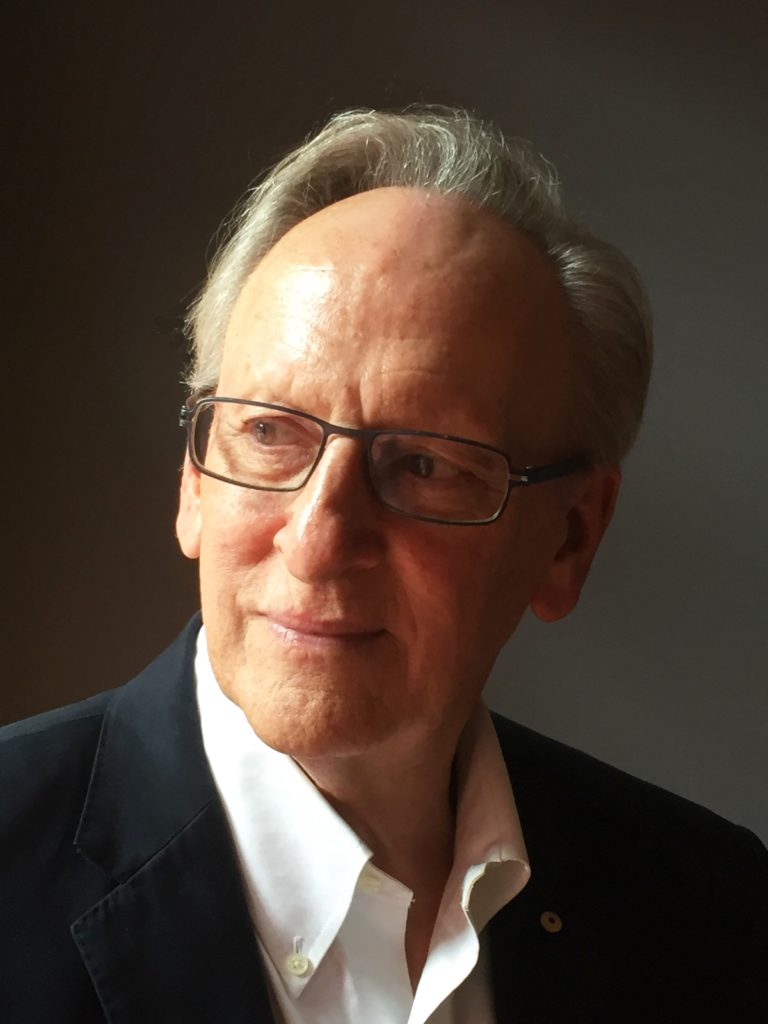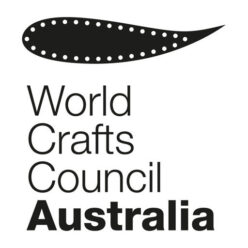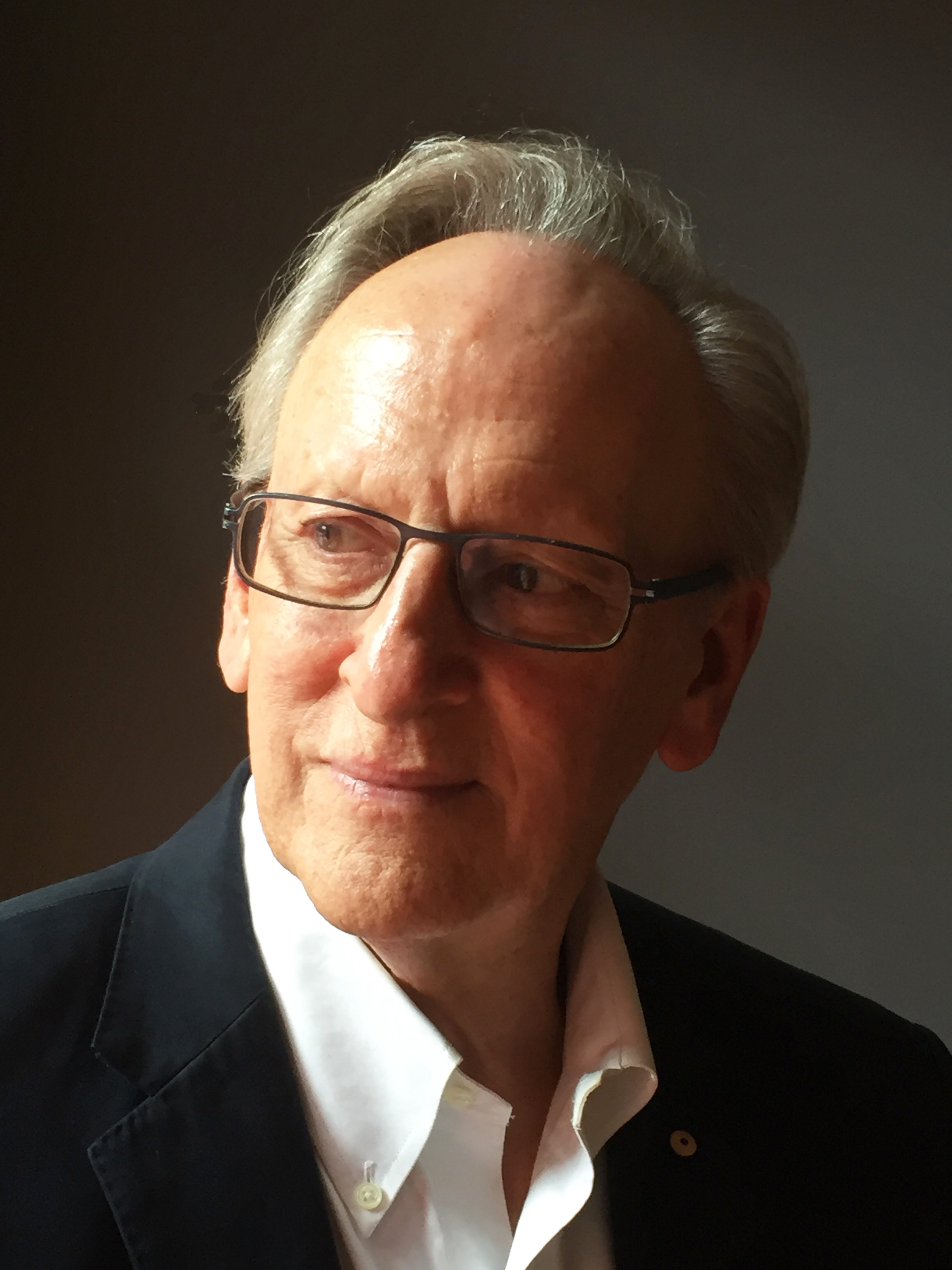
With regret, we announce the loss of a grand figure of Australian craft. Dr Robert Bell’s leadership as curator on both Australian coasts helped give our crafts the national prominence it was due. He was also a keen advocate internationally for Australia’s role in the World Crafts Council. He will be sadly missed. Our condolences to this dear friends, colleagues, family and wife Eugenie Keefer Bell, who provided us with the following obituary.
Dr Robert Stewart Bell AM
29 December 1946, Perth WA – 28 July 2018, Canberra ACT
Loving and cherished husband of Eugenie Keefer Bell for over 32 years.
Beloved by his family as eldest son of John (dec) and Vonda (dec), brother of Anthony and Beverley, brother-in-law of Gabrielle and Lance in Australia, and Diane, Richard and Ronald in California, uncle of goddaughter Veronica and nephew James.
Robert completed a 50 year career in the arts, serving with insight and passion as Senior Curator of Decorative Arts and Design at the National Gallery of Australia, following long terms as Curator of Crafts and Design at the Art Gallery of Western Australia and Senior Designer at the W.A. Museum. As an artist working in ceramics and textiles, his work was exhibited in Australia and internationally, and is held in public and private collections.
He was awarded the 2001 Australian Centenary Medal, the 2005 Australia Council Emeritus Award and in 2010 was made a Member of the Order of Australia (AM) for service to contemporary craft and design.
An unfailingly generous and gracious man, Robert was loved and admired by his family, friends, colleagues and the many artists whose work he encouraged and supported.
A private cremation service will be held.
So that Robert’s many friends and colleagues may have an opportunity to come together in sorrow at his passing, but with joy in having known him, a memorial celebration of Robert’s life and his contribution to the arts will be held in September in Canberra. Friends and colleagues who would like to be advised of the venue and date, are requested to send their contact address, email and phone number to bellmemorialcelebration@gmail.com



